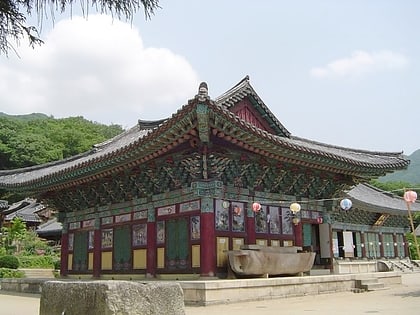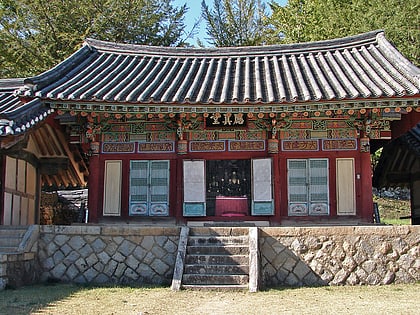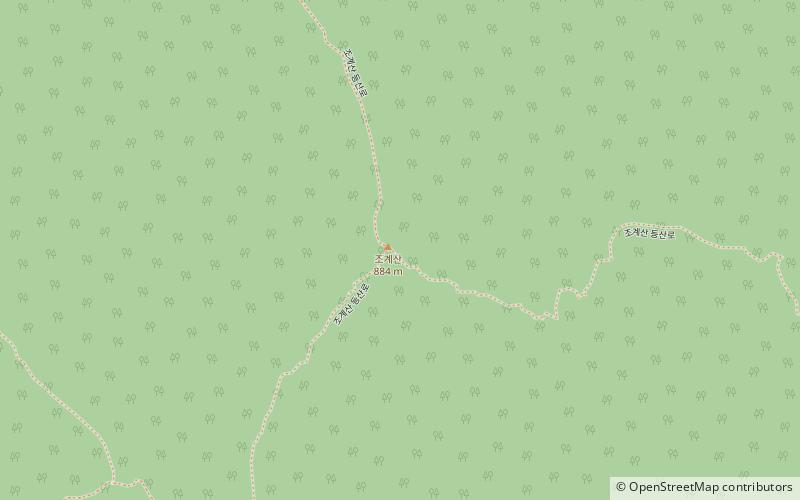Songgwangsa
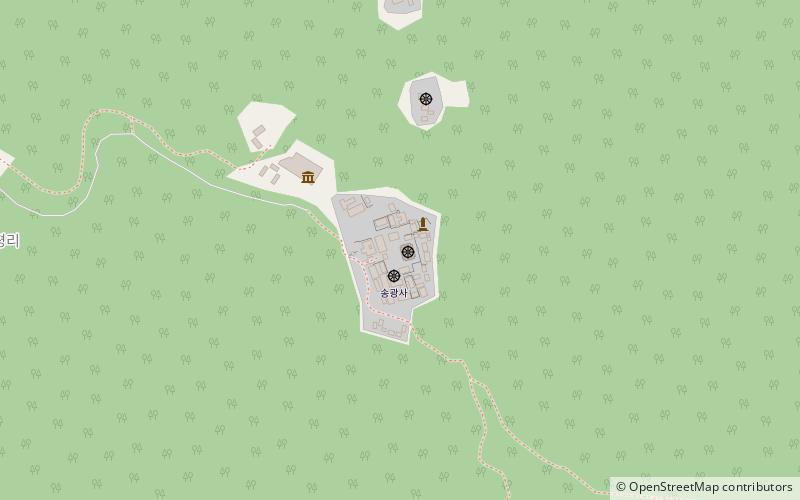
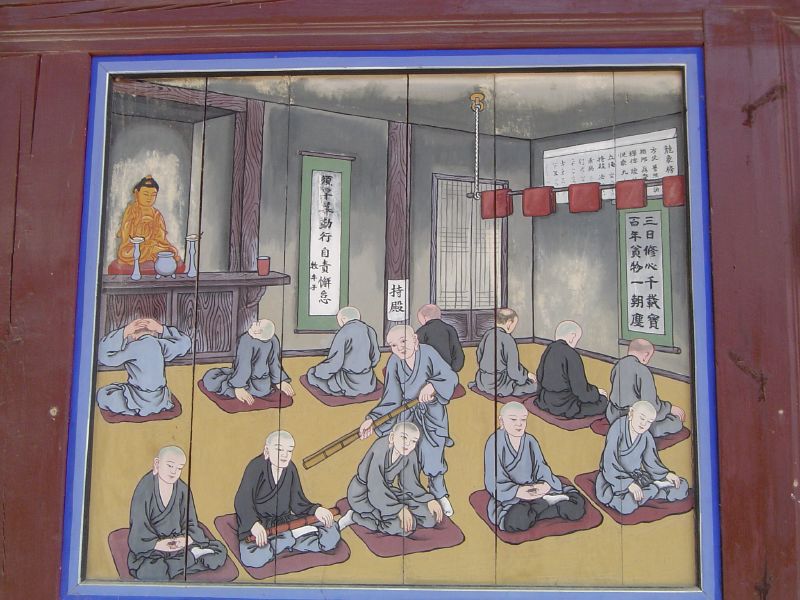
Facts and practical information
Nestled amidst the serenity of Korea's natural beauty, Songgwangsa stands as a testament to the country's rich Buddhist heritage. This historic temple, located on the slopes of Mount Jogyesan in the province of Jeollanam-do, is known as one of the Three Jewel Temples of Korea, representing the Sangha or Buddhist community.
Founded during the late Goryeo Dynasty in the 12th century, Songgwangsa has a history that is deeply intertwined with the development of Korean Buddhism. The temple complex was expanded in the 14th century under the guidance of revered monk Jinul and has since been a focal point for the practice and dissemination of Korean Zen (Seon) Buddhism.
Visitors to Songgwangsa can explore an array of cultural treasures and architectural marvels, including several designated national treasures. Among them are the Daeungbojeon, the main Buddha hall, which houses a statue of Seokgamoni Buddha, and the Jijangjeon hall, dedicated to the Bodhisattva of the Afterlife. The temple's expansive grounds are also home to the Sambo Pagodas, symbolic of the Three Jewels of Buddhism: the Buddha, the Dharma (teachings), and the Sangha (community).
The tranquil environment of Songgwangsa offers a unique spiritual retreat for those seeking peace and introspection. The temple's traditional meditation programs and temple stays invite participants to experience the monastic way of life and gain insights into the principles of Zen Buddhism.
Throughout the year, Songgwangsa hosts various cultural events and religious ceremonies, drawing both practitioners and tourists alike. The temple's natural surroundings, marked by verdant forests and clear streams, provide a picturesque backdrop for these activities, further enhancing the spiritual ambiance of the site.
Songgwangsa – popular in the area (distance from the attraction)
Nearby attractions include: Seonamsa, Jogyesan.
